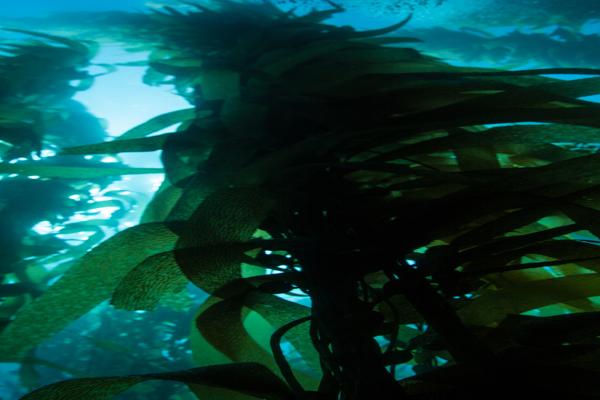The mission of the Bureau of Ocean Energy Management’s Office of Renewable Energy Programs (OREP) is to regulate offshore renewable energy development activities in an environmentally responsible way. The Energy Policy Act of 2005 authorized the development of regulations for the Outer Continental Shelf (OCS) Renewable Energy Program. This regulatory framework establishes a process for environmental review of offshore wind projects. Each project is subject to a review under the National Environmental Policy Act (NEPA) as well as consultations with the National Marine Fisheries Service (NMFS) and the U. S. Fish and Wildlife Service (FWS) under the Endangered Species Act (ESA) and the Magnuson-Stevens Fishery Conservation and Management Act (MSA). Consultation information is available here. Consultation is also conducted under Section 106 of the National Historic Preservation Act as described here.
In support of the NEPA process and preparation of Environmental Impact Statements (EISs), BOEM is developing white papers to provide detailed discussions of topics raised during the process for incorporation by reference into the EISs.
Below you will find links to completed Environmental Assessments in support of leasing, EISs in support of project approval, and white papers on technical and environmental topics.
Environmental Assessments in Support of Leasing
- Commercial Wind Lease Issuance and Site Assessment Activities on the Atlantic Outer Continental Shelf Offshore New Jersey, Delaware, Maryland, and Virginia Final Environmental Assessment (February 3, 2012)
- Commercial Wind Lease Issuance and Site Assessment Activities on the Atlantic Outer Continental Shelf Offshore Rhode Island and Massachusetts Revised Environmental Assessment (June 4, 2013)
- Commercial Wind Lease Issuance and Site Assessment Activities on the Atlantic Outer Continental Shelf Offshore Massachusetts Revised Environmental Assessment (June 4, 2014)
- Commercial Wind Lease Issuance and Site Assessment Activities on the Atlantic Outer Continental Shelf Offshore New York Revised Environmental Assessment (October 31, 2016)
- Commercial and Research Wind Lease and Grant Issuance and Site Assessment Activities on the Atlantic Outer Continental Shelf of the New York Bight (December 16, 2021)
Environmental Impact Statements in Support of Project Approvals
- Vineyard Wind 1 Offshore Wind Energy Project Final Environmental Impact Statement (March 12, 2021)
NEPA Policies
- Evaluating Benefits of Offshore Wind Energy Projects in NEPA (2017)
- Comparison of Environmental Effects from Different Offshore Wind Turbine Foundations (2021)
- Improving Efficiencies of National Environmental Policy Act Documentation for Offshore Wind Facilities - Case Studies Report (2017)
- National Environmental Policy Act Documentation for Impact-Producing Factors in the Offshore Wind Cumulative Impacts Scenario on the North Atlantic Outer Continental Shelf (2019)
- National Environmental Policy Act Documentation for Impact-Producing Factors in the Offshore Wind Cumulative Impacts Scenario on the South Atlantic Outer Continental Shelf (2021)
- Supporting National Environmental Policy Act Documentation for Offshore Wind Energy Development Related to Navigation (2019)
- A Parametric Analysis and Sensitivity Study of the Acoustic Propagation for Renewable Energy
- Optimization of Towed Passive Acoustic Monitoring (PAM) Array Design and Performance Study (Passive Acoustic Monitoring Study)
- Risk Assessment to Model Encounter Rates between Large Whales and Vessel Traffic from Offshore Wind Energy on the Atlantic OCS;
- Vessel Risk Calculator: Graphical User Interface User’s Manual
- Vessel Risk Calculator
- Offshore Wind Energy Facilities Emission Estimating Tool Version 2.0
Studies
BOEM funds studies to provide the technical information to include in NEPA documents. The completed and ongoing renewable energy studies inform our understanding of the physical, biological, and human environment of the Atlantic OCS and improve the ability to avoid impacts from offshore renewable energy projects. Examples include measuring noise from pile driving, assessing fish movements near transmission cables, and movements and habitat use by marine mammals, birds and fish on the Atlantic OCS. To learn more, go to:
BOEM Renewable Energy Research


